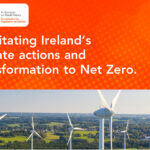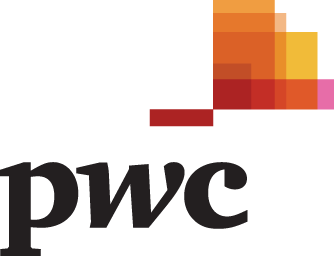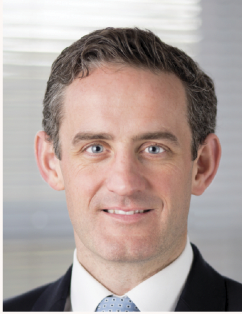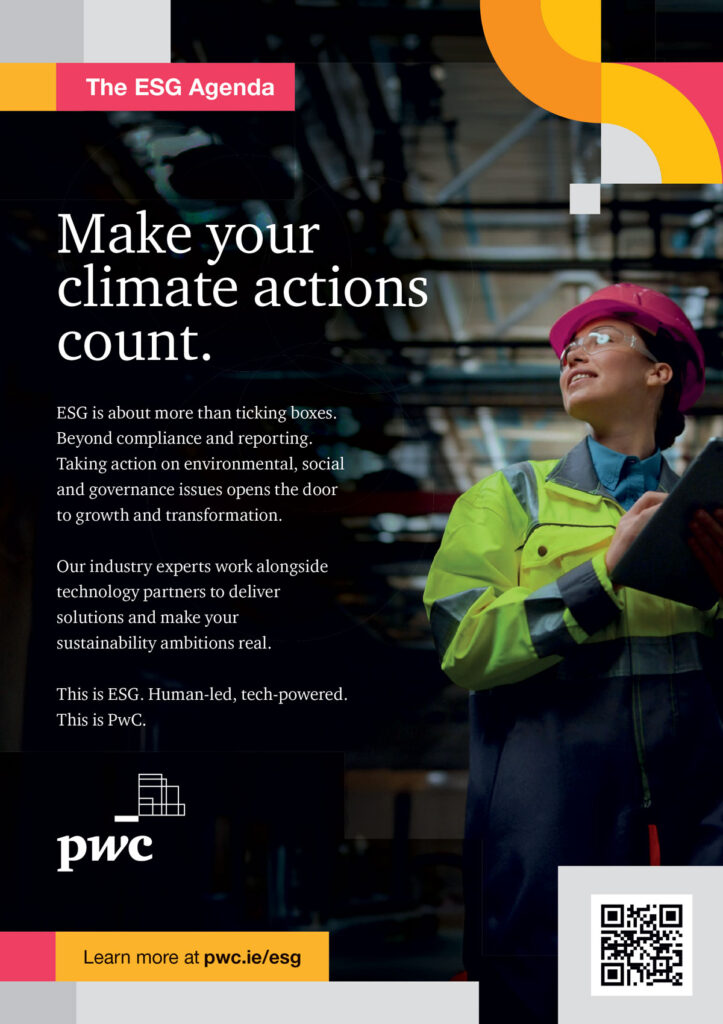
The CRU’s 2025 roadmap: regulating energy and water for a changing climate
2nd June 2025
Bord Gáis Energy’s Dave Kirwan; Driving Ireland’s green energy future through collaboration and investment
2nd June 2025Investing in energy systems to support the energy transition

The energy transition will drive a monumental shift towards sustainable and renewable energy sources, aimed at reducing carbon emissions and combating climate change. One of the critical components of this transition is the modernisation and upgrading of energy grids to accommodate new energy technologies and ensure reliable energy supplies for homes and businesses.
Financial impact of the energy transition study
PwC recently contributed to a study on Financial Impact of the Energy Transition (Project FIEN+) for the Netherlands, looking at the pace and scale of investment requirements in energy networks to support decarbonisation goals.
The updated research shows that projected investments in energy networks have increased significantly due to strong decarbonisation ambitions, changes in the future energy mix, supply chain impacts, and energy and fuel price developments. This poses challenging questions for utility companies, regulators and policy makers as they seek to maintain momentum on decarbonisation while dealing with an increasing focus on energy security and affordability.
Decarbonisation Goals
European and Dutch policies have set climate goals that dictate the pace of the energy transition. Key goals include a reduction of CO2 emissions by at least 55% in 2030 and full climate neutrality in 2050. Policies also aim for a share of 70% renewable electricity in 2030, driven by the development of offshore wind, solar energy and phasing out fossil fuels.
Ireland has set goals to achieve a 51% reduction in emissions from 2018 to 2030 and net-zero emissions no later than 2050, with a commitment to reach 80% of electricity from renewable sources by 2030.
The Netherlands, similar to Ireland, is also investing heavily in electrification of industry and the built environment as well as the transition from fossil gas to sustainable alternatives such as biogas, hydrogen and heating networks. In addition to making the energy supply more sustainable, there is a focus on the diversification of energy sources to significantly increase energy independence.
Increasing decarbonised generation
The report estimates that the installed capacity of electricity generation in the Netherlands will triple by 2040, driven by the need to meet system demands as a result of electrification of heating, transport and industry as well as decarbonising the generation fleet. Electricity consumption is projected to grow between three and five times current levels by 2050, under the scenarios studied.
Role of energy networks
Grid operators play a crucial role in this transition by ensuring the transport and distribution of electricity and gas, and in the future greater amounts of heat and hydrogen. The electricity system represents the majority, around 90%, of this projected investment in energy infrastructure up to 2040.
Investments in gas, heat and hydrogen systems make up the remaining investment costs of supporting the future energy system. The cost of not investing must also be considered in terms of potential impact on economic growth, achieving committed CO2 emissions reductions, and contribution to societal needs such as housing and other essential infrastructure.
Increasing grid investment and operation costs
In the baseline scenario, total electricity grid investment and operation costs are expected to increase almost threefold in the period up to 2040.
Impact on the customer bill
Householders have already seen a doubling of their electricity bill since 2020 with a further doubling forecast by 2040. It is noteworthy that the network component of this increase is largely ‘baked in’ due to required reinforcement linked to committed offshore wind capacity and existing rooftop solar build out.
Regulators and system operators are exploring mechanisms to ensure network tariffs stimulate efficient usage while also exploring funding options beyond a situation where all costs are born by the energy consumer. Policy decisions and the trade-off between energy carriers must be viewed from the perspective of whole energy system costs in order to reach an optimum solution.
Conclusion
Energy networks are a key component of the future energy landscape and are critical to achieving future energy system transition. Significant investments are required in the coming decades. Globally, new generation capacity and increasing electrified demand will require upgrades to the grid. According to the IEA, annual investments in transmission and distribution systems will need to rise to the range of $560-770 billion annually by the 2030s at a global level.
The FIEN+ analysis holds many parallels for the Irish energy system, which faces similar challenges in incorporating higher levels of renewable energy generation, forecasts of growing electrification and end-user demand, and the need to maintain secure, affordable, and resilient energy networks into the future.
 Kim McClenaghan Kim McClenaghanPartner E&U Consulting |
 Siobhan McHugh Siobhan McHughDirector E&U lead |
 Robert Costello Robert CostelloPartner Corporate Finance |
For more information contact www.pwc.ie

